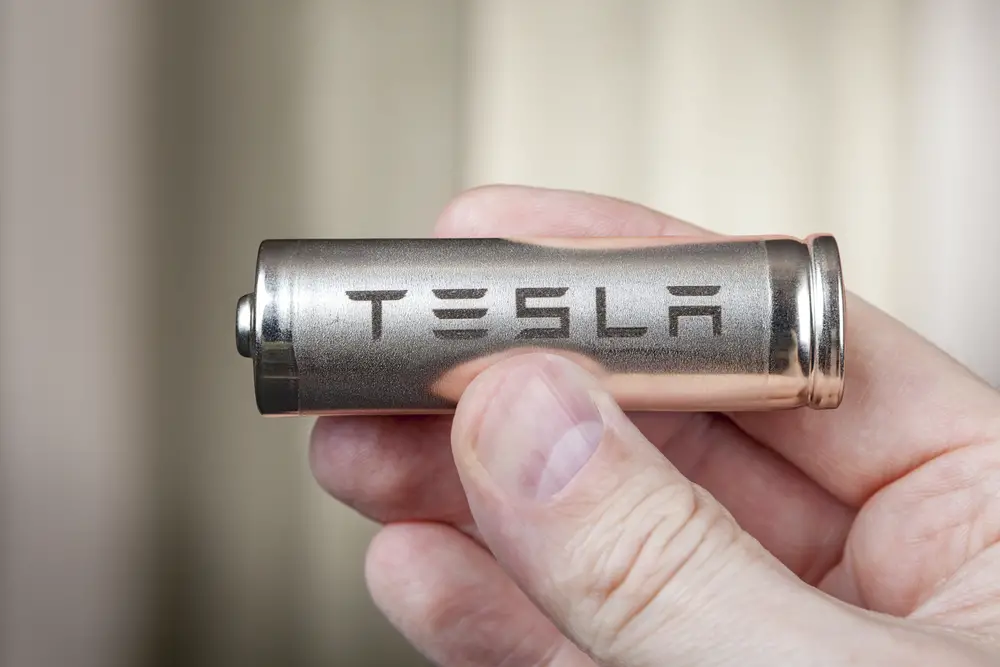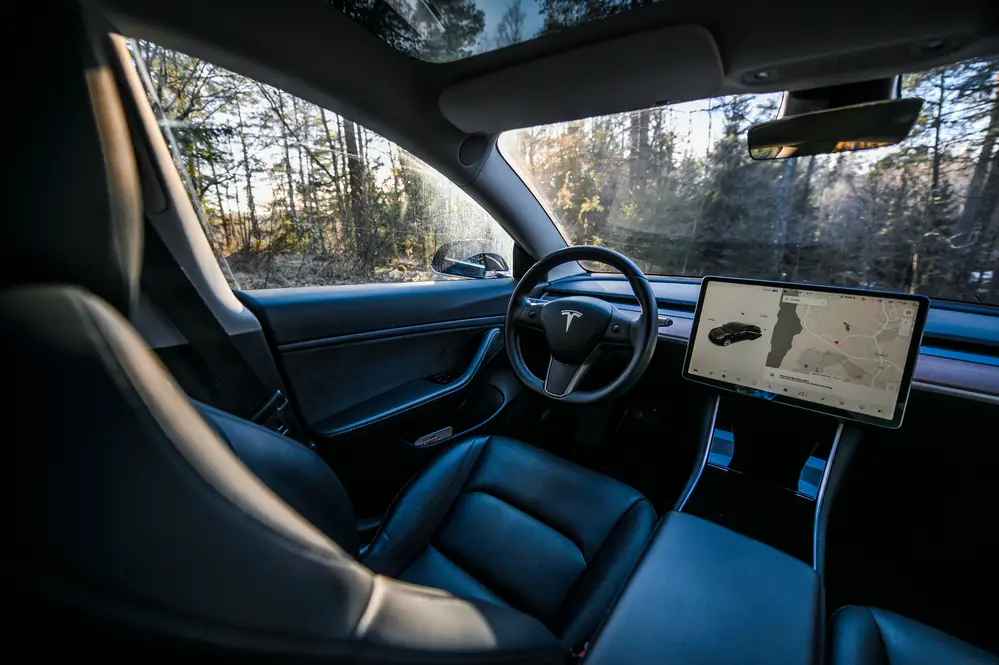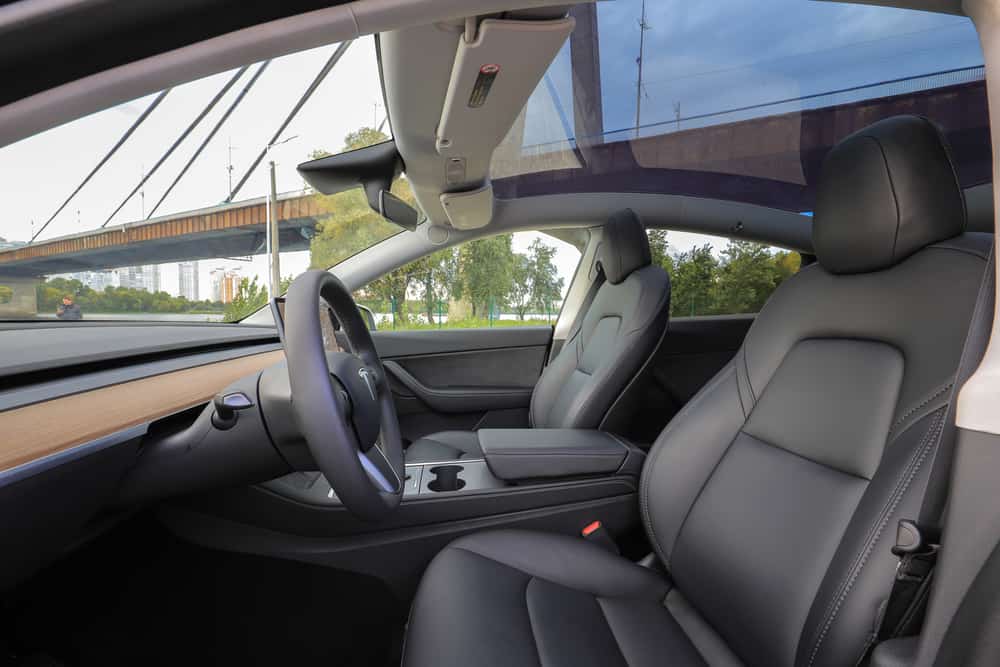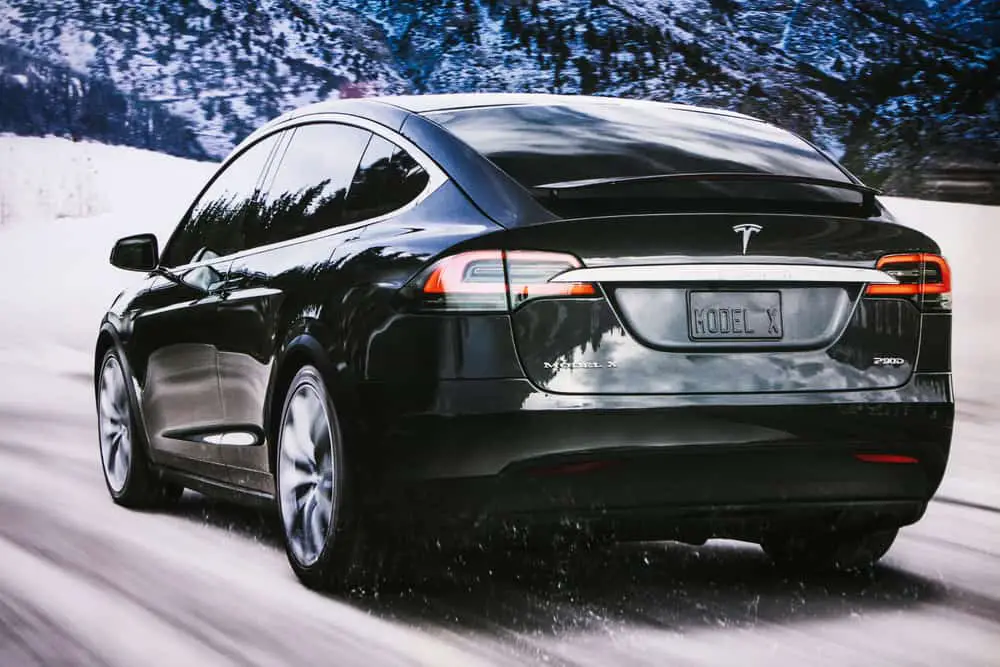Preconditioning your Tesla battery is a relatively straightforward process. By doing so, you can improve battery longevity and overall vehicle performance.
Quick Answer:
Tesla battery preconditioning usually takes 15 to 30 minutes, preparing the battery for optimal charging. The time varies with battery temperature and environment. When navigating to a Supercharger via Tesla’s system, preconditioning starts automatically.
Understanding the various factors that can influence the time required to precondition your Tesla battery can be a game-changer for you and your electric vehicle experience.
Understanding Tesla Battery Preconditioning
Tesla battery preconditioning is a process that optimizes the battery’s temperature and performance for peak efficiency. When you’re about to embark on a long drive or require optimal performance from your Tesla, you might want to ensure the battery is properly preconditioned.
Upon planning a trip with your Tesla, the car automatically starts the preconditioning process. This helps to maximize the battery capacity and ensures that regenerative braking functions optimally.
In colder climates, preconditioning also warms up the battery, allowing you to make the most out of your range.
There are three main ways that your Tesla performs battery preconditioning:
- Smart preconditioning: The car learns your daily routine and starts preconditioning based on your driving habits, anticipating when you’ll need maximum performance.
- Temperature-dependent preconditioning: If the battery temperature falls outside its optimal range, the car will automatically engage a heating or cooling process.
- Supercharger preconditioning: When navigating to a Supercharger, Tesla will begin battery preconditioning to ensure the battery is ready for efficient charging.
The Role of Tesla App and Vehicle Settings
To precondition your Tesla battery, you can utilize the Tesla app and the settings available in the vehicle.
The app allows you to remotely control and monitor various aspects of your Tesla, including checking on your battery’s current status and charge level, adjusting climate control, and more.
One feature relevant to preconditioning is the Scheduled Departure feature. This feature enables you to set a specific time for your vehicle to be warmed up and ready to go.
To use Scheduled Departure, follow these steps:
- Open the Tesla app and tap on the Climate tab.
- Select the Scheduled option.
- Set the desired departure time, ensuring that your car is plugged in.
With Scheduled Departure, your vehicle will begin preconditioning the battery at the optimal time, resulting in a more efficient and comfortable driving experience.
This is particularly important during cold weather, as a properly preconditioned battery can improve both range and performance.
In addition to the app, you can also access the vehicle settings through the touchscreen display. The Controls menu provides a wealth of options for fine-tuning the performance and behavior of your Tesla. To access vehicle settings, follow these steps:
- Tap the car icon on the touchscreen display.
- Select the Controls option.
- Browse through the available settings and make adjustments as needed.
Preconditioning your Tesla battery ensures that your vehicle will deliver optimal performance, regardless of external conditions. Utilizing the Tesla app and vehicle settings, you have the tools required to effectively manage your battery’s health and longevity.
Remember to always keep your car plugged in when using preconditioning features and stay aware of the battery’s charge level to maximize efficiency.
Climate Control and Cabin Comfort
When preconditioning your Tesla battery, you should also take into account the climate control and cabin comfort features. These systems are important for maintaining a comfortable temperature inside the vehicle, especially during extreme weather conditions.
Using climate controls, you can defrost your car’s windows and manage the internal temperature, as well as control the air conditioning (A/C) system. When the battery is being preconditioned, Tesla vehicles can also regulate the cabin temperature remotely through the use of the smartphone app.
In colder climates, it is crucial to keep your car’s cabin warm to ensure a comfortable driving experience. Tesla vehicles are equipped with sophisticated climate control systems that use the battery power efficiently, providing optimal performance without compromising range.
For optimal comfort and preserving battery life, it’s a good idea to plan your trips so that the preconditioning process can be completed while your car is still connected to a charging source.
This will allow the vehicle to focus on warming up the battery and cabin without drawing from the battery’s stored energy.
Influence of Temperature on Battery Preconditioning
Temperature plays a crucial role in the performance and preconditioning of your Tesla battery. In cold weather, your battery may require more time to warm up before it can function optimally.
During this period, the cabin temperature and outside temperature can significantly affect the preconditioning process.
In cold conditions, your Tesla uses energy to maintain an optimal temperature for both the battery and the cabin. It is essential to know that a battery’s efficiency decreases with lower temperatures, making it more challenging to precondition. As the weather condition becomes colder, the time required for battery preconditioning might increase.
The optimal temperature for preconditioning your Tesla battery is about 20°C (68°F), as it provides the best conditions for your battery to operate efficiently. However, it is still possible to precondition in colder temperatures, but it will consume more energy and take a bit longer.
To ensure efficient preconditioning, try to park your Tesla in a warmer place, such as a garage, when facing cold weather conditions. Connecting your vehicle to a charging source can also help maintain the desired temperature and shorten the preconditioning process.
In addition, enabling cabin preconditioning will help to stabilize the inside temperature, making it more comfortable for you while also assisting the battery conditioning process.
Timing and Efficiency of Battery Preconditioning

When you want to precondition your Tesla battery, the timing and efficiency are key factors to consider. Preconditioning helps to prepare your battery for optimal charging, which can result in reduced charging time and enhanced battery efficiency.
Before charging your Tesla, it’s essential to understand the time needed to precondition the battery. This process typically takes around 30 minutes to an hour.
However, the preconditioning time may vary depending on factors such as outdoor temperature and the state of charge.
You can initiate battery preconditioning through the Tesla app, which will also display an estimated time for the process to complete. Keep in mind that preconditioning should be initiated when you’re close to a charging station, as it consumes energy from the battery.
Efficiency is an essential aspect of battery preconditioning. It works by heating the battery to an optimal temperature for charging, allowing the charge port to handle a higher power input.
This could result in a reduction in your charging time significantly.
In colder temperatures, preconditioning plays a crucial role. A cold battery may not charge as efficiently, causing the charging process to take longer. Properly preconditioning your battery in colder climates can drastically improve the charging speed.
To maximize battery efficiency while preconditioning, it’s vital to minimize energy-consuming activities such as running the heater or air conditioner. This will help to ensure that more energy is directed toward the preconditioning process, allowing your battery to warm up faster.
Preconditioning and Charging Speeds
When you’re planning to charge your Tesla vehicle, it’s essential to understand the process of preconditioning and its impact on charging speeds. Preconditioning optimizes your battery’s temperature, ensuring it’s ready for efficient charging.
To precondition your Tesla battery, you can use the in-car settings or the mobile app to begin the process before arriving at the charging station.
This typically takes around 15 to 30 minutes, depending on your vehicle’s battery size and ambient temperature.
When charging, you’ll encounter variations in charging speeds depending on the type of charging available.
The most common charging options are:
- Level 1 charging: This involves charging your Tesla with a standard 120-volt wall outlet at your home. However, this method delivers the slowest charging speeds.
- Level 2 charging: Providing faster charging speeds than Level 1 options, Level 2 charging uses a 240-volt outlet and may require a dedicated charging station. These are commonly found at businesses or public places.
- Supercharging: Tesla Superchargers, which you’ll find at dedicated Supercharger stations, offer the fastest charging option. These stations are strategically located along popular driving routes, making long-distance trips more convenient.
When using a Tesla Supercharger, charging speeds can typically range from 120 kW to over 400 kW, depending on the station and charger capabilities.
Your vehicle’s software will display the estimated charging time, which can vary based on factors such as battery size, charging capacity, and battery temperature. On average, supercharging takes around 30 minutes to reach an 80% charge capacity.
Preconditioning and Driving Performance

When preconditioning your Tesla battery, it is important to consider its impact on driving performance. Preconditioning prepares your battery for optimal performance, especially in extreme temperatures. It enables better power output, improved range, and enhanced regenerative braking.
To experience the best driving performance, always precondition your battery before setting off on a trip, particularly during colder months.
While the preconditioning process can take around 30 minutes to complete, depending on factors like weather and your vehicle’s current state, it is well worth the time.
With a preconditioned battery, you’ll notice a significant improvement in:
- Power output: Increased power enables your Tesla to have faster acceleration and a smoother driving experience.
- Range: A preconditioned battery is more efficient and provides an extended driving range.
- Regenerative braking: Better regen means reduced wear on brake pads and a longer lifespan for your braking system.
Furthermore, preconditioning contributes to a better overall driving experience, including smoother steering and more responsive pedals. Utilizing the Range Mode feature can also help maintain the battery’s state of charge and optimize energy consumption to get even more out of your drive.
Keep in mind that preconditioning the battery may consume some of the stored energy, which could slightly impact your driving range. However, the benefits in terms of performance and driving experience certainly outweigh any minor drawbacks.
Tesla Models and Battery Preconditioning Features
Tesla’s electric vehicles, such as the Model S and Model 3, have innovative battery preconditioning features. With battery preconditioning, your Tesla prepares its battery to the optimal temperature before charging.
This process ensures a more efficient and quicker charging experience, especially when using a Supercharger.
Model S: The Tesla Model S, a luxury sedan, possesses an advanced preconditioning system. To enable this feature, simply navigate to the Charging screen on your central touchscreen. Under the ‘Scheduled Departure’ option, you can set a time, and your vehicle will automatically warm up its battery before the selected charging time, improving charging efficiency.
Model 3: The Model 3, Tesla’s more affordable electric vehicle, also includes battery preconditioning. Access this feature through the ‘Charging’ menu, similar to the Model S. Once enabled, the Model 3 automatically preconditions the battery when navigating to a Supercharger, ensuring that the battery temperature will be ideal for fast charging upon arrival.
Keep in mind the preconditioning process uses energy from the battery itself, so it is best to plug your Tesla into a charging source while preconditioning. This practice prevents unnecessary battery discharge and maintains an appropriate range.
Manual vs. Automatic Preconditioning
When it comes to preconditioning your Tesla battery, you have two primary options: manual and automatic preconditioning. Each of these options has its own advantages and usage scenarios.
Manual preconditioning allows you to control when battery preconditioning occurs. If you know exactly when you need to use your Tesla, you can initiate this process by turning on climate control in the car’s mobile app. This warms up both the battery and the passenger cabin as needed. It is particularly helpful in cold weather to ensure optimal performance and range.
In contrast, automatic preconditioning relies on your Tesla’s smart features to anticipate when battery preconditioning might be necessary. One such feature is the Scheduled Departure, which allows your vehicle to precondition the battery based on your set departure time. This way, your Tesla is ready to go when you are, without needing your manual intervention.
Another example of automatic preconditioning is navigation-based preconditioning. If you use your Tesla’s navigation system to plot a route to a Supercharger station, the car will automatically begin preconditioning the battery as you approach the station.
This ensures that it is at the optimal temperature for charging, helping to reduce charging times and increase overall efficiency.
Importance of Preconditioning in Winter Months
In winter months, preconditioning your Tesla battery becomes even more critical. As colder temperatures can adversely affect the performance and efficiency of electric vehicle (EV) batteries, it’s essential to properly maintain and prepare them for the unique challenges that winter brings.
During the winter months, you may notice a blue snowflake icon on your Tesla’s display. This symbol indicates that the battery is too cold, resulting in reduced regenerative braking and overall performance.
By preconditioning the battery, you can reduce the impact of cold weather on your EV, mitigate these issues, and maintain optimal performance.
Defrosting and maintaining a comfortable cabin temperature in your Tesla is also important when driving in winter conditions.
Preconditioning helps achieve this by warming up the cabin and defrosting the windows before you begin your journey, ensuring that you have a clear view of your surroundings and a pleasant driving experience.




